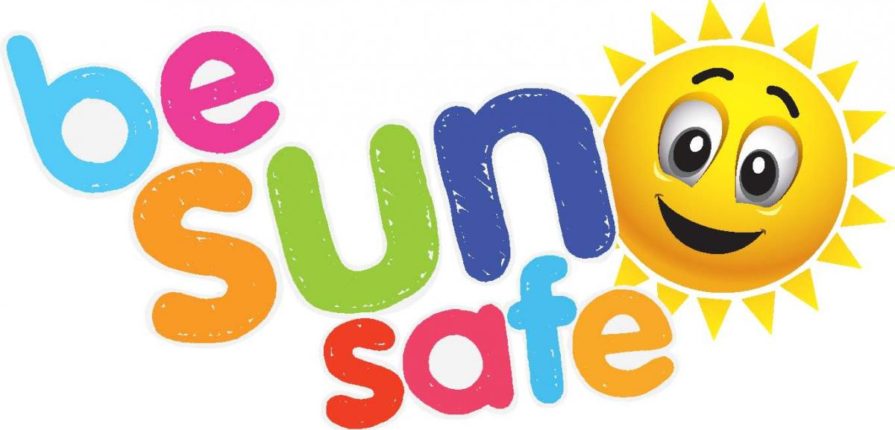Being “sun smart” should be a habit that starts in childhood and becomes as second nature as putting on a seatbelt every time you get in the car. That’s the hope of Cancer Council Australia.
In day care centres and primary schools around the country, kids are adopting sun safe practices like wearing sun hats and sunscreen. In fact, since Cancer Council Australia launched the national SunSmart Schools program in 1998, more than 2500 schools and 3500 childcare centres have joined.
Evidence points to childhood exposure to UV radiation significantly contributing to the development of skin cancer in adult life. Teaching school children about reducing their sun exposure is expected to have a major impact on the future incidence of skin cancer.
Be a sun smart role model
Kids are still getting sunburnt on weekends and holidays, says Chair of Cancer Council Australia’s National Skin Cancer Committee, Terry Slevin. “Schools are teaching kids to protect themselves from the sun but it’s up to parents to reinforce this behaviour at home,” he says.
And that’s not just by constantly reminding kids to wear a hat and sunscreen but to model sun smart behaviours themselves and to talk to their children about why they’ll be healthier if they protect themselves from the sun.
“Teach kids that sunburn is a sign that the skin has been damaged,” says Slevin. “Tell them that to keep healthy and comfortable – today, and as we grow up – we need to be sun smart. Just like we need to eat fruit and vegetables.”
5 sun smart tips to teach kids
- Play in the shade: Staying in the shade is one of the most effective ways to reduce exposure to the sun, although you can still get sunburnt from reflected UV radiation that bounces off surfaces such as concrete, water and sand. So make sure you’re wearing sunscreen too.
- Always swim in a rashie: It should become a habit for kids to put on a rashie every time they put on their bathers. No rashie, no swim. Remember, the rashie’s fabric can become stretched, thin and an ineffective sun barrier quite quickly if used a lot, so replace them as soon as they become tired-looking.
- Broad-brimmed hats rule: It’s important kids learn that wide-brimmed hats are best at protecting their faces and necks. Common sites of skin damage and skin cancer are the neck, ears, temples, lips, face and nose.
- Sunglasses are cool: Getting littlies used to wearing sunglasses at an early age is a good idea. Make sure you choose ones that meet the Australian Standard 1067 (Sunglasses Category 2, 3 or 4). There are also products specifically designed for babies and toddlers to keep their sunnies in place.
- Develop a sunscreen habit: Kids are probably going to play outside every day of their young lives so help them get into the habit of thinking about whether they need sunscreen. In some parts of Australia (i.e. central to northern areas) sunscreen should be worn every day because the UV Index is consistently above 3.
-
Understanding the UV Index
Knowing the UV Index in your region can help you know when to use sun smart behaviours and what times of the day it’s best to stay out of the sun. There are even UV Mobile Phone App that can be downloaded which provide real-time measurements of local UV indices.
The UV Index indicates the amount of the sun’s UV radiation that reaches the earth’s surface. The higher the UV Index level, the greater the potential for damage to your skin.
Use sunscreen and other measures to protect from UV rays when the index is 3 and above. In some parts of Australia (i.e. central and northern regions) the index can be over 3 all year-round. But in Victoria, for example, the, average UV Index levels are 3 and above from the beginning of September until the end of April.


